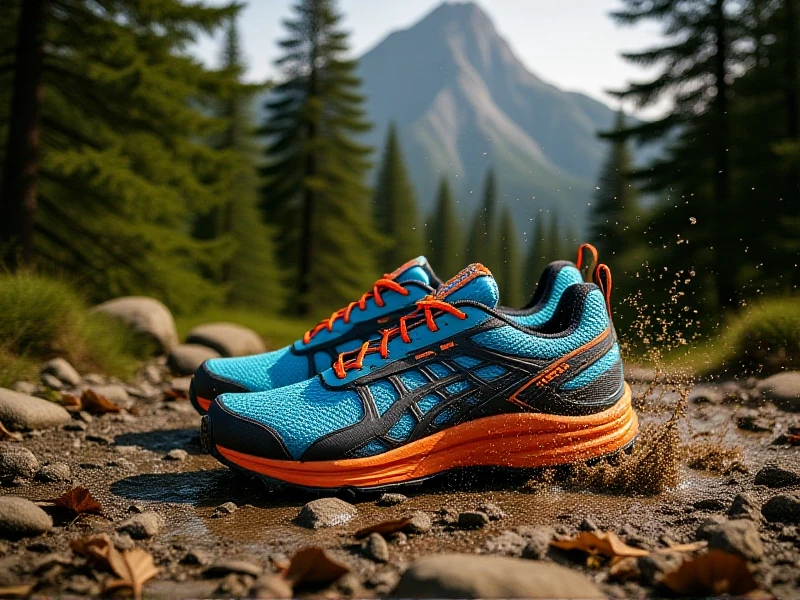
Ultimate Guide to Choosing the Best Running Shoes
Running shoes are essential gear for anyone passionate about fitness, whether you're a beginner or a seasoned athlete. They provide crucial support, cushioning, and stability to prevent injuries and boost performance during every stride. With so many options on the market, selecting the right pair can be overwhelming. This guide simplifies your journey to finding the perfect running shoes for your needs.
First, understand your foot type and running style. Overpronators require stability running shoes to correct inward rolling, while neutral runners benefit from flexibility shoes. High arches often need cushioned models to absorb impact. Consider your terrain—train on trails? Opt for trail running shoes with rugged outsoles. For road running, lightweight and responsive shoes offer better speed. Always test shoes with a quick jog before buying to ensure a comfortable fit.
When choosing running shoes, focus on three key factors: fit, cushioning, and durability. The shoe should snugly hug your heel with enough toe room to wiggle. Cushioning levels vary—minimalist designs suit forefoot strikers, while maximal cushioning helps heel strikers reduce joint stress. Brands like Brooks and Nike lead with innovative technologies; Brooks' Glycerin series excels in plush comfort, and Nike's Pegasus models deliver versatile performance. Replace your running shoes every 300-500 miles to avoid wear-induced injuries.
Aside from preventing common issues like shin splints, quality running shoes enhance your running experience by improving energy return and grip in wet conditions. Whether training for a marathon or enjoying casual jogs, the right pair can transform your fitness journey—make them an investment in health!
Approximately 400 words.